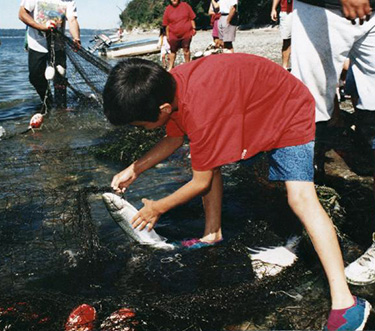By Felicia Fonseca, Associated Press
FLAGSTAFF, Ariz. — The Navajo Nation president has vetoed a proposal to impose an additional tax on chips, cookies and sweetened beverages on the country’s largest reservation, but the legislation could be resurrected later.
President Ben Shelly supports the idea of a junk food tax as a way to combat high rates of diabetes and obesity among tribal members and encourage healthy lifestyles, his adviser Deswood Tome said Wednesday. But Shelly said the legislation isn’t clear on how the tax on snacks high in fat, sugar and salt would be enforced and regulated, according to Tome.
“There are a lot of supporters out there for the tax, and again, the president wants a plan that works,” Tome said. “He’s asking the (Tribal) Council to take back this initiative and redo it so that the burden is not on the government to implement a law that is going to create hardship, especially in the collection of taxes.”
The Dine Community Advocacy Alliance and tribal lawmakers had been positioning the Navajo Nation to become the leader in Indian Country when it comes to using the tax system to press tribal members to make healthier choices.
School districts across the country have banned junk food from vending machines. Cities and states have used taxes and other financial incentives to encourage healthy choices, according to the National Conference of State Legislatures, but not all the efforts have been met with overwhelming support.
The legislation in the Navajo Nation Council did not have a smooth ride either.
Denisa Livingston of the Dine Community Advocacy Alliance said the group worked for two years to get tribal lawmakers to pass the legislation. Dine is the Navajo word for “the people.”
Livingston said American Indians are more likely to suffer from diabetes and other chronic health problems than the average American.
She estimated that imposing an additional 2 percent tax on junk food sold on the Navajo reservation would result in at least $1 million a year in revenue that could go toward wellness centers, community parks, walking trails and picnic grounds in tribal communities. The tax would have expired at the end of 2018.
“Every one of our Navajo families has someone who is suffering from chronic disease,” she said. “This is the initiative we wanted to take because we see our families suffering.”
About 14 percent of the people in the area of the Navajo Nation have been diagnosed with diabetes, according to the federal Indian Health Service.
American Indian and Alaska Native adults are twice as likely to be diagnosed with diabetes as non-Hispanic whites, and Native children ages 10 to 19 are nine times as likely to be diagnosed with type 2 diabetes, the agency said.
Opponents of the tax in Navajo communities in Arizona, New Mexico and Utah argued it would burden consumers and drive revenue off the reservation.
Shelly also vetoed a companion bill to eliminate the tribe’s 5 percent sales tax on nuts, fresh fruits and vegetables. Tome said Shelly would like lawmakers to revise the legislation to address his concerns.
The Tribal Council can override Shelly’s vetoes with a two-thirds vote of its 24 members. Livingston said she would pursue that option with lawmakers.














